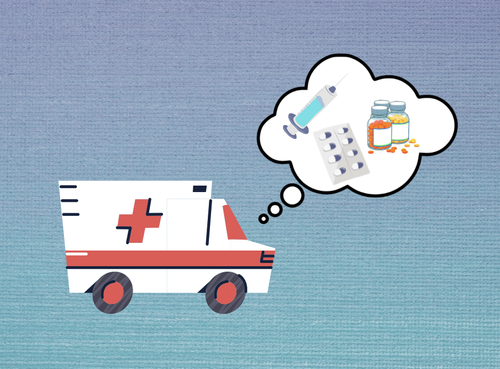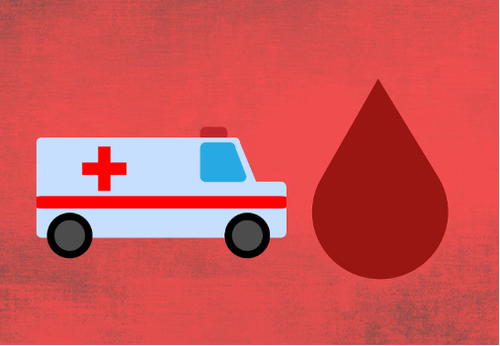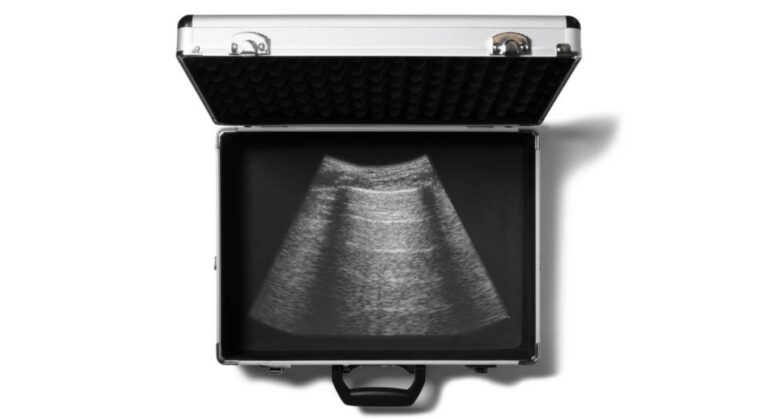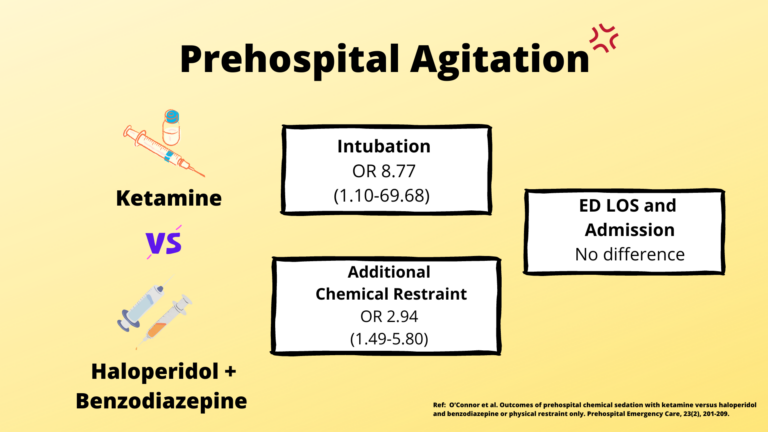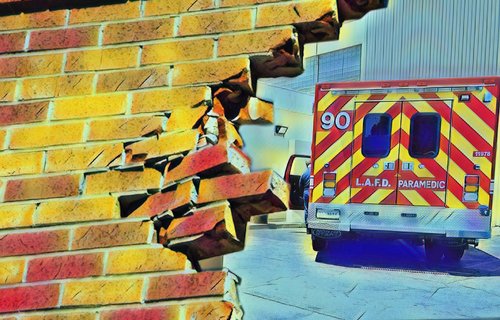
Addressing the Greatest Harm: Diagnostic Safety in EMS
by Maia Dorsett, MD PhD FAEMS When we teach about patient safety and medical errors, we put up pictures of the Swiss cheese model (1, 2) and demonstrate how harm occurs as errors fall through serial holes of imperfect systems. When I examine this model, in many ways it rings true for the examples it




